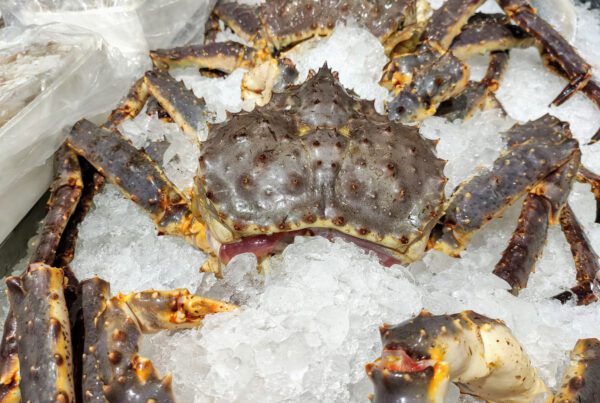In our third installment looking at the food supply chain in the US during the Coronavirus pandemic, we take a glance at the impact on the seafood industry. Because restaurants have halted dine-in options in favor of to-go and delivery services, the seafood wholesale and retail markets are reconstructing the way they do business. Analysts expect food consumption patterns to shift as more people cook at home, leading to an increase in the demand for seafood delivery and ordering options.
The business of restaurants has been paramount in the news since the pandemic caused most locations to shutter their dine-in experiences. More consumers are cooking at home as evidenced by the reduction in volumes delivered to restaurants in favor of an increase in deliveries to grocery stores, but not everyone is going through a wholesale-to-retail supply chain. Boat fishermen on both the east and west coasts are offering direct sales to consumers either by dockside pickup, online ordering, or local delivery. Knowing that large scale restaurant chains like Red Lobster, Duke’s Chowder House, and so many others are closing and releasing all employees until further notice casts concern of the future of the wholesale seafood to the restaurant business. Can restaurants make a profit at 50%-70% actual occupancy as mandated by social distancing?
An interesting point to consider during this time is that 90% of the seafood caught in the US is exported, while 90% of the seafood consumed in the US is imported. The reasoning is that demand in the US for fish such as cod, haddock, and shrimp can’t be met with local fishing as climate change has forced many of these species further away from our shores. The fish caught in the US are lesser-known species such as skate or monkfish, which are not in demand by US consumers. Coronavirus may alter that as more demand in the marketplace could lead suppliers back to the US in an increase in land-based aquaculture and simplified menus that depend on local products.
Fish markets are also in a precarious position much the same way as the meatpacking plants were in the last article we posted. Close quarters workers, a lack of personal protective equipment, and hourly workers who can’t afford to take time off for medical reasons can make the industry a prime place for hotspots.
Because of new transportation delay concerns and the surge pricing that happens when only “essential” goods are being shipped, the market for fresh seafood is slowing down in comparison to frozen but both are minuscule in comparison to the boom being had by canned seafood that flys off the shelf during any period of panic buying. If you’re working within the seafood industry and need to come up with some creative solutions to transporting your perishable cargo, CFI can help. We have a national presence that can cover any import or export needs you have for your seafood. You can reach out to your CFI representative for more information.



